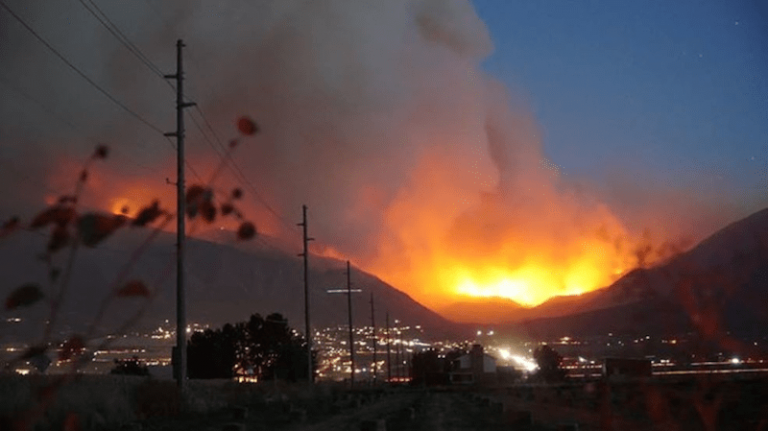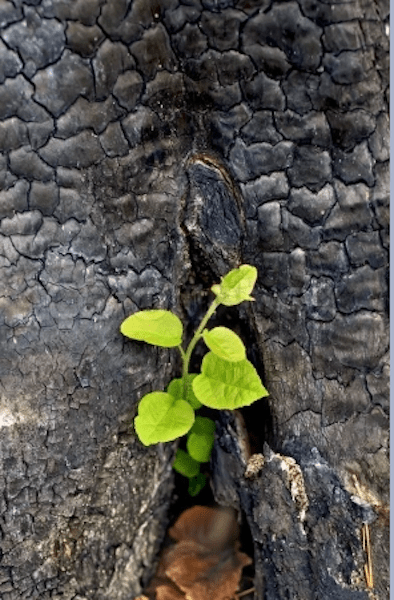
March 12, 2020: A year-and-a-half after the Bald Mountain and Pole Creek fires combined to burn over 120,000 acres in southern Utah County, restoration efforts are well underway, but there are still many years of environmental work ahead.
In September 2018, the lightning-caused fires forced the evacuations of nearly 6,000 people in Woodland Hills, Elk Ridge, and several smaller communities, though no structures were destroyed.
Since the fires were 100 percent contained in October 2018, multiple departments — from the US Forest Service to the Utah Division of Wildlife Resources — have been working to make the land safe for wildlife, recreationists and nearby residents.
Approximately 90 miles of trails around Mount Nebo, two campgrounds — Blackhawk and Tinney Flat — and several roads were impacted by the fires. As of today, 70 percent of those trails have reopened with hazardous trees removed and the ground secured. The Forest Service hopes to open Tinney Flat in late 2020, but Blackhawk is still being assessed due to extensive damage to the water system.
“There will be work continued into 2020 and probably another five years after that,” noted Decker.

Despite the years of work ahead of them, Decker said they anticipate natural regeneration of over 90 percent of the burn area. In the meantime, replanting is an ongoing multi-department effort involving 31,482 acres of the Pole Creek and Bald Mountain fires.
In the summer and fall of 2019, projects to reduce the ash and soil runoff in Nebo Creek and Diamond Fork River — both of which experienced fish mortality as a result of the fires — were implemented. Felled trees were used to divert unwanted sediment, and shrubs were planted to help prevent bank erosion. In 2021, similar restoration efforts will begin at Thistle Creek.
For Decker, it’s hard to say if the affected forest will ever return to its former state.
“Fire is a natural part of the ecosystems, and it’s been present since before our time. It’s hard to say ‘former state’ because it’s likely that at some point the current state was the former state,” explains Decker. “You have to look at the landscape as continually evolving. If you look at it that way, you’ll realize that diversity of the landscape is key.”
From seeding to watershed improvement projects, the US Forest Service and its partners have years of work to accomplish in the burn area, but they aren’t doing it alone.
“We’ve had a lot of private and public involvement in a lot of our restoration projects so far,” says Decker. “If folks are interested in volunteering, they can contact the office here, and we’ll tie them in with someone who may be working on something they are interested in participating in.”


